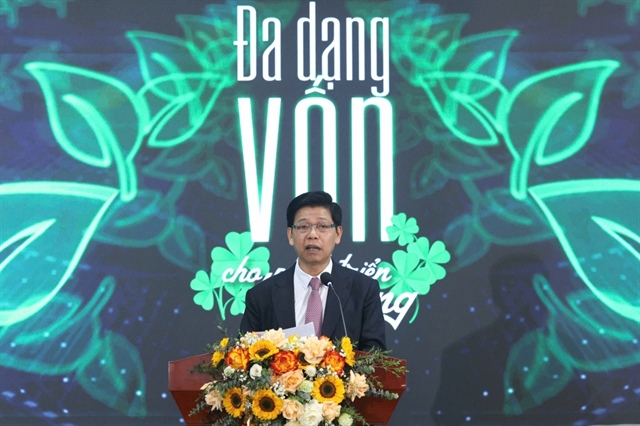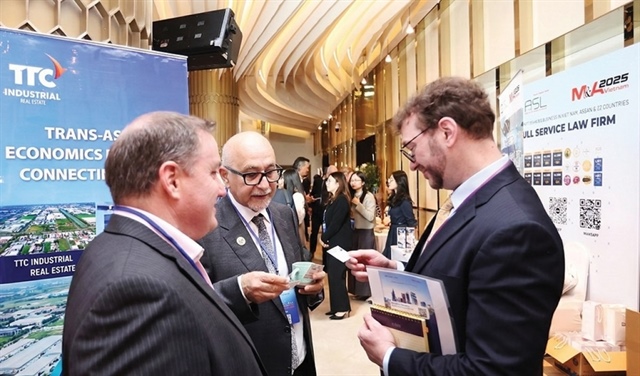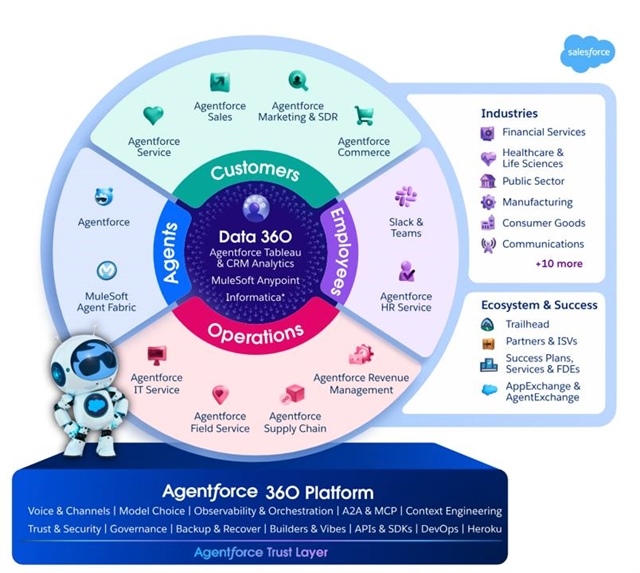Vietnam pledges support for Japanese businesses: Deputy PM
Vietnam pledges support for Japanese businesses: Deputy PM
The Vietnamese Government and north-central localities are ready to create favorable conditions for Japanese partners to expand their business operations there, said Deputy Prime Minister Vuong Dinh Hue at a conference in the north-central province of Nghe An on Thursday.
Held by the Vietnamese Foreign Ministry and the Japanese Embassy in Vietnam, the conference, called “Meeting Japan – North Central Region,” gathered Japanese Ambassador to Vietnam Kunio Umeda; over 150 delegates from Japanese organizations, localities and 50 enterprises; leaders of six north-central provinces from Thanh Hoa to Thua Thien-Hue and Yen Bai; and leaders of ministries and central agencies.
Sandwiched between the northern and central key economic zones, the north-central region is home to three airports, nine seaports, diverse forest resources, a marine-based economy and attractive tourism services, reported the Vietnam News Agency.
In his speech, Deputy PM Hue expressed his delight that Japan has regained the top spot in terms of investment in Vietnam over the past two years with US$9.1 billion in 2017 and US$8.6 billion in 2018.
The Vietnamese Party and State are devising a strategy to attract foreign direct investment (FDI) with a vision toward 2045, he said.
The priorities are to switch gears from FDI attraction and use to active cooperation and investment with foreign partners, as well as to channel FDI into key projects of high value to suit the country’s economic restructuring roadmap and connect with the Vietnamese economy and its businesses.
He revealed that Japan’s official development assistance (ODA) for Vietnam will be incorporated into the mid-term investment plan for the 2021-2025 period to use this source of investment efficiently and bring practical benefits to the community.
The Deputy PM expressed his belief that both sides hold potential for cooperation in infrastructure, agriculture, industry, energy, education, manpower training and tourism.
He said that the attraction of FDI and ODA should not overlap in investment policy planning in the north-central region and the East-West economic corridor.
“Localities and their partners should choose priority areas on a national and inter-regional scale that benefit the country and the region, and promote the competitive advantages of the region and each province. This is a requirement for not only the north-central region but also other parts of the country,” said Hue.
North-central localities should be more innovative and creative in boosting practical, effective ties with their Japanese partners. Regional policies should better meet the demand to turn the north-central region into a promising, attractive destination for Japanese tourists and investors, he added.
The Deputy PM suggested that leaders and firms from six regional provinces should identify their difficulties to the central Government and the legislative National Assembly to enhance the efficiency of capital mobilization and use.
Meanwhile, Ambassador Umeda said that Vietnam is making use of free trade agreements to ensure its sustainable development, and the Comprehensive and Progressive Agreement for Trans-Pacific Partnership is a successful symbol of bilateral economic, trade and investment ties.
Japan is paying attention to the North-South high-speed railway project and an expressway linking the north-central region with Laos’ Vientiane to enhance cooperation with Vietnamese localities, he said.
“We not only want to have focal points in investment and trade in Hanoi, Haiphong, Danang and HCMC but also other localities, including the north-central region,” he said.
He suggested strengthening mutual trust and coordination in manpower training, high-tech agriculture, supporting industries, tourism, education and training and labor.
A September 2018 report by U.S.-based McKinsey Global Institute indicated that Vietnam was classified as one of the 18 emerging economies that have made substantial progress over the past five decades.
In 2018, Vietnam’s gross domestic product (GDP) expanded by 7.08%, a record over the past decade. The country ranked 44th globally in terms of the nominal GDP with an economic scale of US$240.5 billion, and it ranked 34th in purchasing power parity.
Its national economic competitiveness moved up from 60th place out of 138 economies in 2016 to 55th place out of 137, while its business environment index rose to 69th place out of 190 economies from 82nd place.
Roughly 26,000 foreign-invested enterprises from 130 countries and territories are active in Vietnam with total investment pledges of over US$330 billion. The country has become one of the world’s workshops for electronics, apparel, footwear and mobile phones.
Tourist arrivals have surpassed 15 million, up 1.9 times from 2015. Vietnam has also been voted as one of the leading tourist destinations in Asia.























